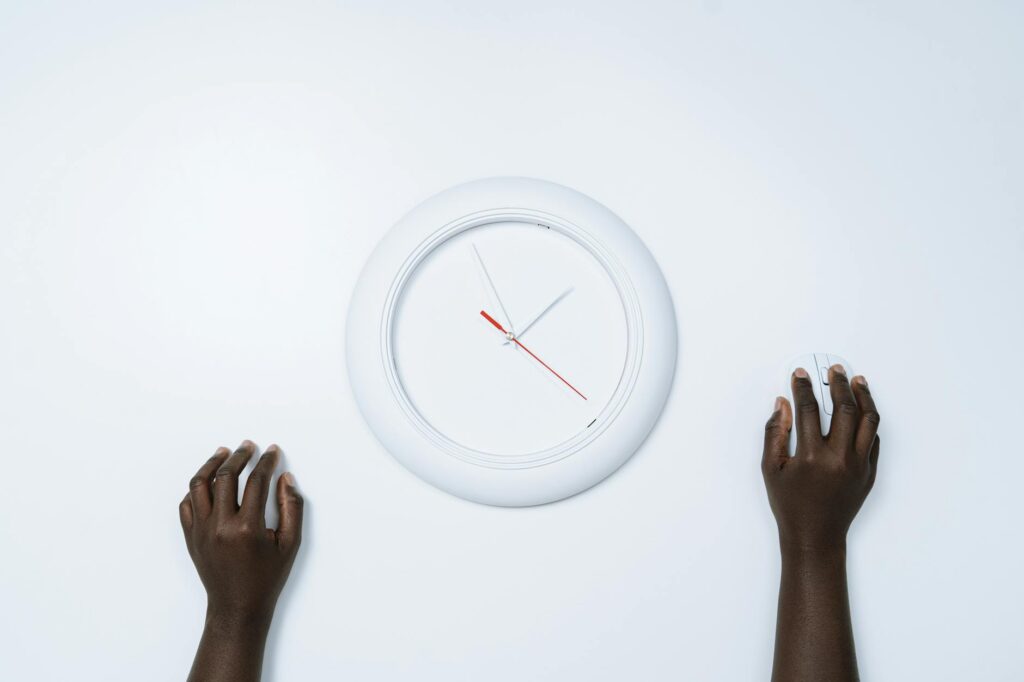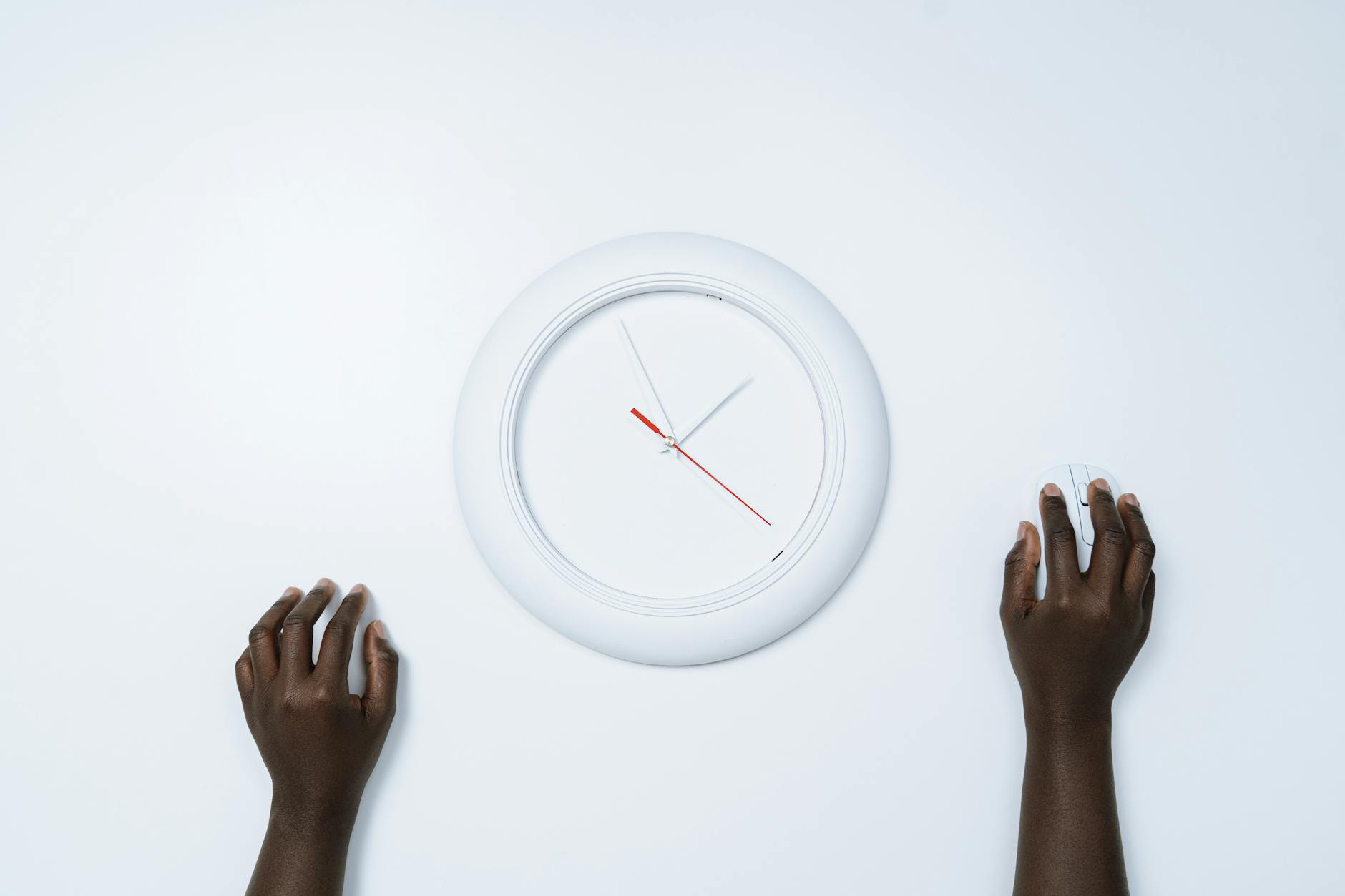What is creative time allocation?

What is creative time allocation?
In today’s fast-paced world, where distractions are abundant and tasks seem never-ending, the concept of creative time allocation emerges as a game-changer. It’s not just about managing time; it’s about utilizing it creatively to enhance productivity, ignite inspiration, and achieve a fulfilling work-life balance. The reality is that traditional time management techniques often fall short in addressing the unique needs of creative individuals. So, what exactly is creative time allocation, and how can it be applied in our daily lives?
Understanding Creative Time Allocation
Creative time allocation refers to the strategic distribution of time towards tasks and activities that foster creativity and productivity. Unlike conventional time management that often prioritizes strict schedules and rigid deadlines, creative time allocation emphasizes flexibility and adaptability. This method recognizes that creativity can be unpredictable and often thrives outside the confines of traditional structures.
The Concept of Time Allocation
Managing time effectively is crucial, especially for those in creative fields. Poor time management can stifle creativity, leading to frustration or burnout. By acknowledging the ebb and flow of creative energy, individuals can allocate time to align with their peak performance periods. This results in better output and heightened satisfaction in their work.
Difference Between Traditional and Creative Time Allocation
Traditional time management techniques often involve lists, deadlines, and strict schedules. While they can be effective for mundane tasks, they don’t cater to the dynamic nature of creative work. In contrast, creative time allocation allows for:
- Flexibility: Adapting plans based on inspiration or energy levels.
- Exploration: Encouraging experimentation and playfulness in the creative process.
- Integration: Blending tasks with periods of rest and rejuvenation to foster creativity.
This innovative approach encourages a mindset that values the creative process over mere productivity.
Benefits of Creative Time Allocation
Adopting creative time allocation strategies comes with a host of advantages that can significantly improve one’s personal and professional life.
Enhanced Productivity
Creative time allocation can lead to improved productivity levels. By aligning tasks with one’s natural creative rhythms, individuals can accomplish more in less time. When you work during your peak hours of creativity, the results often speak for themselves.
Increased Creativity
This approach fosters a creative mindset. By allowing flexibility in your schedule, you create space for innovative thinking and new ideas to flourish. A study showed that people who practice creative time allocation experience higher levels of inspiration and innovation (source).
Work-Life Balance
Creative time allocation can contribute to a healthier work-life balance. By prioritizing not just work but also leisure and self-care, you can maintain motivation and prevent burnout. This holistic view of time management ensures that you’re not just working harder, but also living better.
Strategies for Implementing Creative Time Allocation
Ready to dive into creative time allocation? Here are some actionable strategies you can incorporate into your routine.
Prioritize Tasks Creatively
Instead of following a rigid task list, consider prioritizing your tasks based on your creative energy levels. For instance, tackle your most demanding projects when you feel most inspired, and save routine tasks for times when your energy dips. This method ensures you’re working smarter, not harder.
Time Blocking Techniques
Time blocking is a powerful method where you allocate specific blocks of time for different activities. Adapt this technique for creative endeavors by reserving periods for brainstorming, creating, and relaxing. By dedicating time for creative activities, you can cultivate an environment where inspiration can thrive.
Incorporating Breaks and Downtime
Don’t underestimate the power of breaks. They’re essential for replenishing creative energy. Schedule short breaks to step away from your work, engage in a different activity, or just relax. This can lead to fresh perspectives and renewed focus when you return to your tasks.
Challenges and Solutions in Creative Time Allocation
While creative time allocation offers numerous benefits, there can be challenges along the way. Here’s how to tackle common hurdles.
Overcoming Procrastination
Procrastination can be a significant barrier to effective time allocation. To defeat it, break tasks into smaller, manageable chunks. Set short, achievable goals to create a sense of accomplishment and momentum. Tools like the Pomodoro Technique can help maintain focus and reduce the urge to procrastinate.
Managing Distractions
In a creative environment, distractions can be plentiful. To minimize them, create a dedicated workspace that fosters focus and creativity. Use apps to block distracting websites during work periods and consider techniques such as the “two-minute rule,” where you immediately tackle small tasks that can be completed in under two minutes.
Conclusion
Incorporating creative time allocation into your daily routine can transform your approach to work and life. By prioritizing flexibility, encouraging creativity, and maintaining balance, you can unlock your full potential. Embrace this innovative mindset, and you may find that your productivity, creativity, and overall happiness flourish.
Start experimenting with these strategies today, and watch how your relationship with time—and creativity—evolves for the better. If you’re ready to explore more on this topic, check out tips on time management strategies for creatives that can help you on your journey.

Photo by cottonbro studio